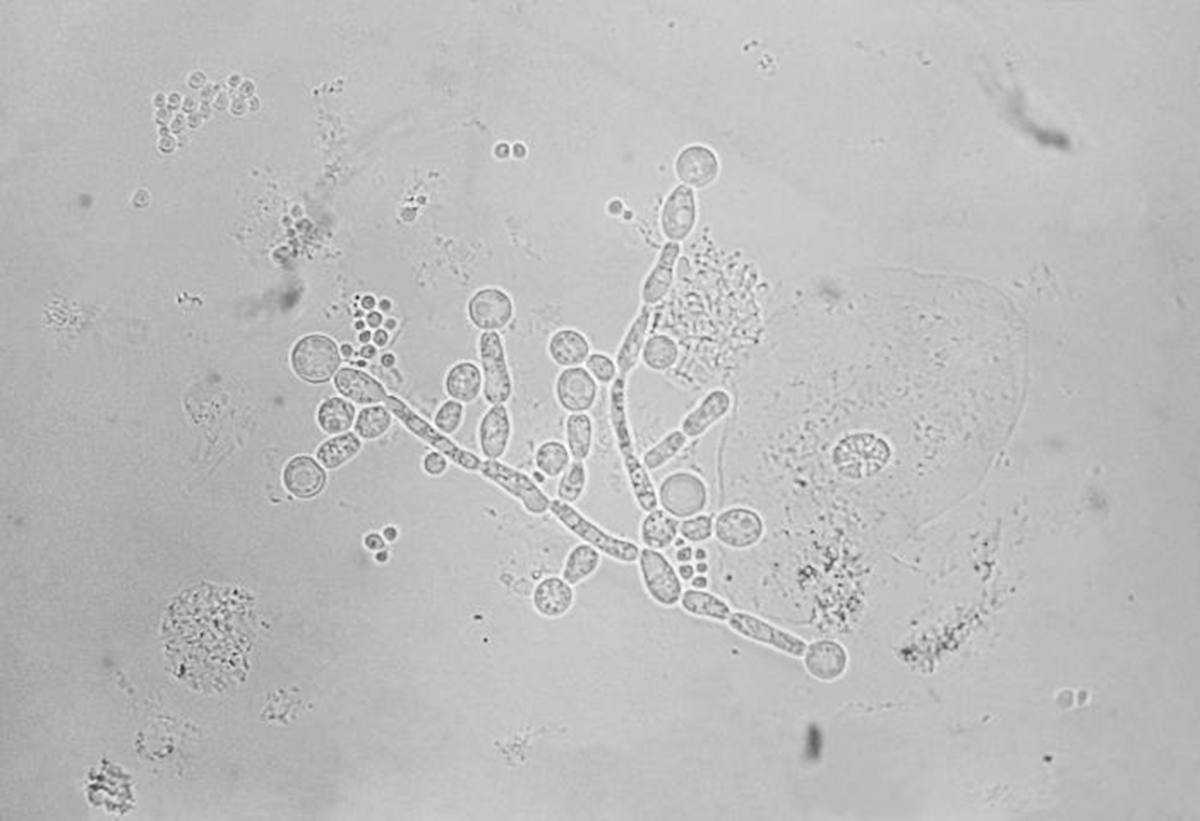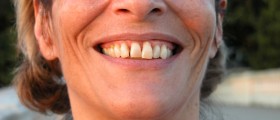
Candida albicans is a fungus, a form of yeast, responsible for various oral and genital infections in humans. This fungus normally lives in the human mouth and gastrointestinal tract. A strong immune system keeps the Candida albicans population at an optimum level, as it prevents the overgrowth of the fungus. It is estimated that Candida albicans lives in 80% of the human population with no harmful effects. Under the certain circumstances, human immune system may become weak and the fungus can overgrow, resulting in a medical condition known as candidiasis. Candidiasis is most frequent in children and people with a compromised immune system, such as HIV patients and people suffering from diabetes.
Causes of Candida albicans infection
Most of the time, the infection with Candida albicans occurs for no apparent reason. This usually happens because the immune system gets weaker or because of the use of antibiotics that destroy beneficial, as well as harmful, microorganisms in the body. When the natural balance is disturbed, candida albicans overgrows and results in yeast infection.
External use of detergents or douches or internal disturbances, such as various hormonal or physiological changes, can change the normal vaginal flora and make perfect conditions for candida overgrowth. Candidiasis sometimes occurs during the pregnancy, or while a woman uses contraceptives, as a result of significant hormonal disturbances.
Symptoms of Candida albicans infection
The symptoms of Candida albicans infection slightly vary depending on the affected part of the body. Vaginitis, an inflammation of the vagina caused by candida fungus, is characterized by burning and itching sensation and whitish mucus that look like cottage cheese. The discharge usually has a slightly unpleasant smell.
Diaper rash is candidiasis found in children and infants, and it is characterized by inflammation of the skin, usually red and sometimes scaly.
Infections of the fingernails and toenails appear as red and painful swelling around the nail happens. In advanced stages pus may also develop.
Oral thrush is the infection of the mouth caused by Candida albicans. The mucous membranes of the mouth appear covered by thick white or cream-colored deposits. The creamy deposits are easy to scratch and remove, but they leave small wounds and slight bleeding.
Treatment for Candida albicans infection
In most cases, candidiasis resolves by itself and no medical attention is necessary. However, if a patient decides to treat candidiasis, treatment will be aimed to stop the rapid spread of the fungus. Eating unsweetened yogurt or taking acidophilus capsules or liquid may help lessen the infection. Doctors will usually recommend an antifungal medication in the form of tablets or liquid.

















Your thoughts on this
Loading...